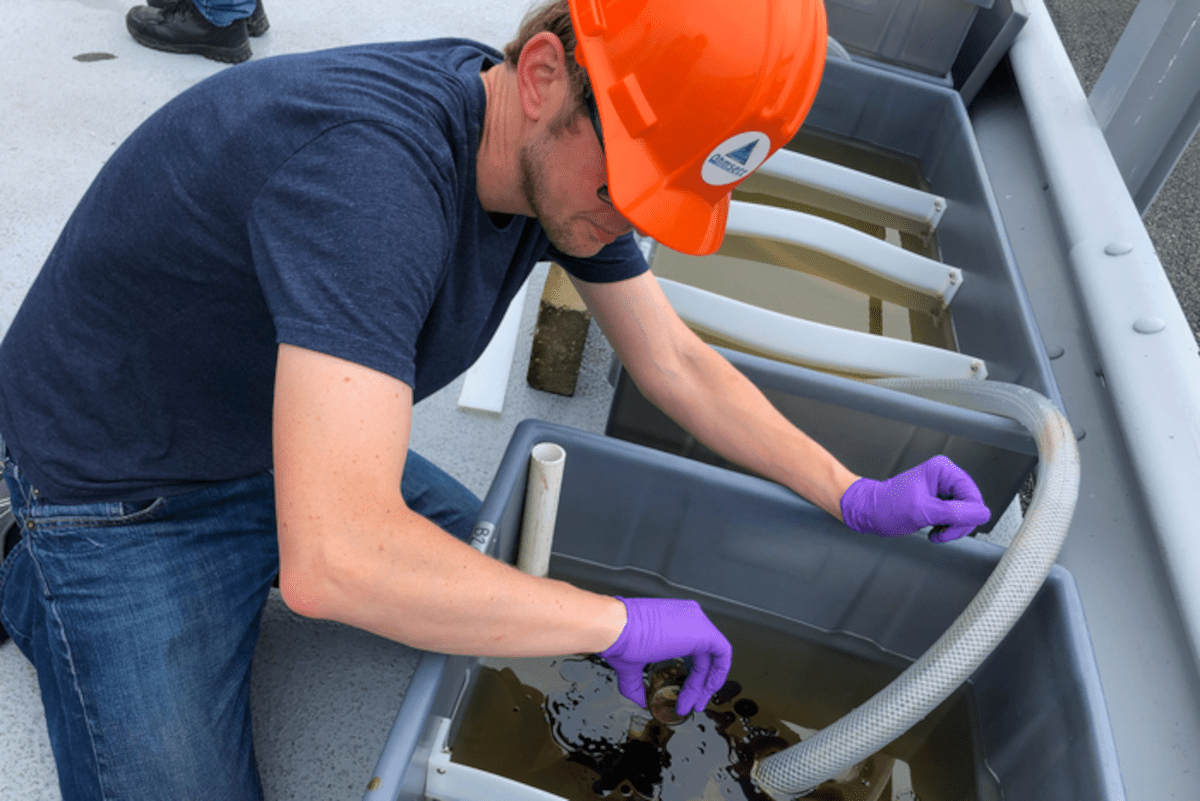
One of the few tools available to mitigate the damage from marine oil spills are chemical dispersants that break down oil in the water. Their functioning and effectiveness are not fully understood, but a new study led by Bigelow Laboratory for Ocean Sciences (based in Maine, US) has attempted to validate their efficacy under real-world conditions.
“We don’t want to just apply chemicals to the ocean without fully understanding what happens,” said Senior Research Scientist Christoph Aeppli, lead author on the study. “We want to know that dispersants are as effective as they can be to help ecosystem recovery.”
Oil spills impact life at every level of the ocean food web, and emergency response efforts must move quickly to minimize the damage after they occur. Crews could wait until oil washes ashore to clean it up, but its toxic compounds can persist for decades and damage sensitive ecosystems.
Chemical dispersants can be used to address spills at sea by breaking oil into small droplets that get mixed into the water and diluted rapidly. When dispersants are applied, oil typically persists in the water column for much less time than they would on shore even though oil droplets temporarily increase the toxicity in the water. However, adding additional chemicals to the environment has been controversial.
Previous laboratory research after the 2010 Deepwater Horizon oil spill cast some doubt about the effectiveness of dispersants and illuminated their risks. Further work was needed to assess these laboratory results in the environment. Aeppli, alongside partners from industry, set out to test dispersants using real-world conditions to understand their full impact on ecosystems.
Oil becomes more viscous through exposure to sunlight and other environmental factors. Higher viscosity potentially limits the effectiveness of dispersants. The researchers used large test chambers to isolate seawater in the environment and run experiments in real-world conditions.
“Ideally, you would want to run tests in the field but, of course, there are a lot of reasons you cannot just make an oil spill at sea and measure that,” Aeppli said. “So, we constructed large pools of seawater and let natural sunlight oxidize the oil rather than doing everything on the lab bench in artificial conditions.”
They concluded chemical dispersants were still effective under normal oil spill conditions even though environmental factors rapidly increased oil viscosity and how it disperses. The results suggested that dispersants were effective if applied within two to four days – a typical time frame for oil spill response as recommended by current guidelines.
The researchers also compared their results to field data collected from the Deepwater Horizon spill, which confirmed their laboratory findings. After the spill, almost 1 million gallons of dispersants were used over 90 days of continuous operations. Over 75% of field measurements showed effective dispersion, suggesting that previous laboratory tests had underestimated dispersants’ effectiveness.







